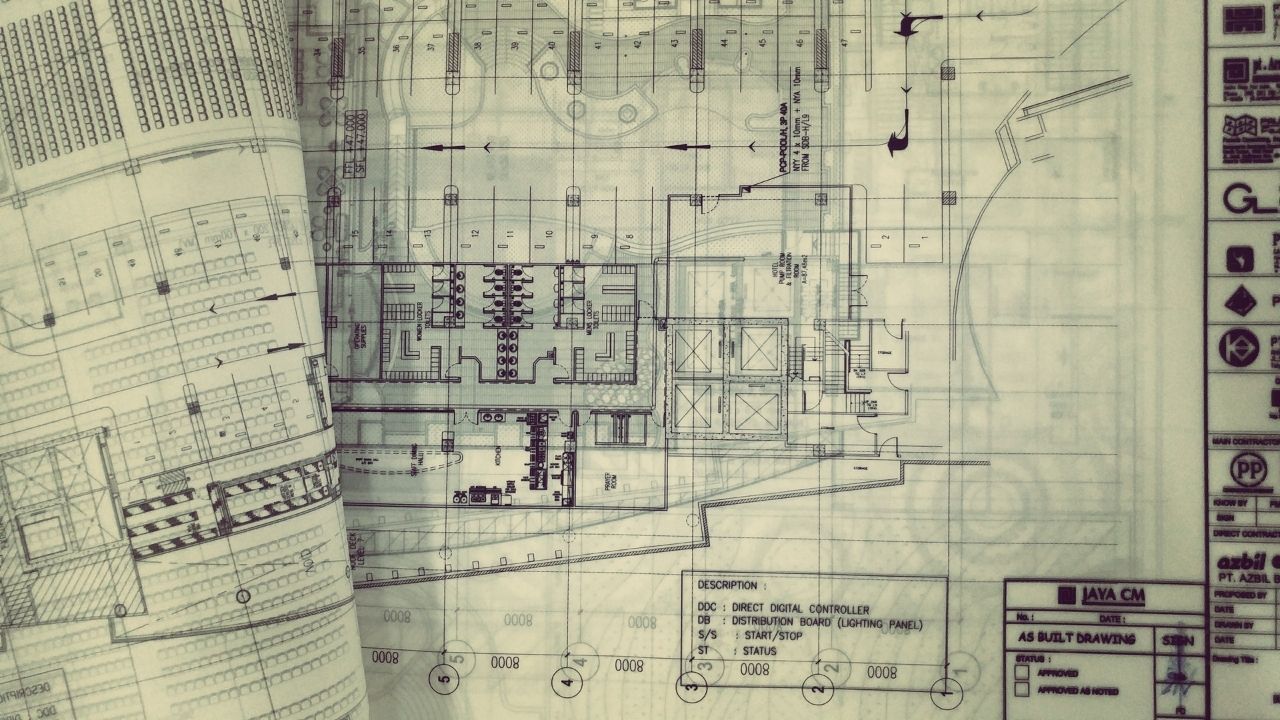As a web designer you need to protect your work and rights? Look no further! In this article, we will discuss the importance of contracts in web design and highlight key clauses that every web design contract should include. From intellectual property rights to payment terms and project deliverables, we've got you covered.
We will also provide guidance on handling client revisions and change requests, as well as tips for resolving disputes and including termination clauses. So, let's dive in and ensure your work is safeguarded!
Key Takeaways
- Contracts are essential for protecting the work and rights of web designers.
- Including key clauses in contracts, such as project scope and legal implications, helps avoid misunderstandings and dissatisfaction.
- Understanding intellectual property rights and ownership is crucial for protecting your work and preventing copyright infringement.
- Clearly defining payment terms and schedules, as well as project deliverables and client revisions, helps ensure smooth workflows and avoid disputes.
Importance of Contracts in Web Design
Contracts are crucial in web design because they protect your work and rights. When it comes to designing websites, it's important to understand the importance of legal advice and the potential risks involved. By having a well-drafted contract in place, you can ensure that your work is protected and that you have the necessary rights to your creations.
Seeking legal advice is essential in the web design industry. A lawyer who specializes in this field can help you navigate the complexities of contracts and ensure that your interests are protected. They can review and draft contracts that outline the scope of work, payment terms, and intellectual property rights. With their expertise, you can avoid potential legal pitfalls and ensure that your rights are safeguarded.
Web design projects can be risky without proper contracts. Without a clear agreement, you may encounter issues such as scope creep, where clients request additional work outside the initial agreement without compensation. Without a contract, you may also face challenges in getting paid or resolving disputes. By having a contract in place, you establish clear expectations and protect yourself from potential risks.
Key Clauses to Include in Web Design Contracts
One crucial aspect to include in web design agreements is the clear definition of project scope. This is important to protect your work and rights as a web designer. Clearly outlining the scope of the project helps to avoid any misunderstandings or disputes with your clients. It sets the expectations and boundaries for both parties involved. By defining the project scope, you are establishing what is included and what is not included in the web design project.
Including a section on legal implications is also essential in your web design agreements. This protects you from any legal issues that may arise during the project. It is important to clearly state the responsibilities of both parties and any legal obligations that need to be fulfilled.

Furthermore, it is crucial to address client expectations in your web design agreements. This ensures that your clients have a clear understanding of what they can expect from you as a web designer. It is important to outline the deliverables, timelines, and any other expectations that the client may have. By addressing client expectations, you can avoid any misunderstandings or dissatisfaction with your work.
Intellectual Property Rights and Ownership
Make sure you clearly understand the intellectual property rights and ownership aspects in order to protect your creative work as a web designer.
As a web designer, you create unique and innovative designs and content for your clients. It is crucial to have a clear understanding of licensing agreements and copyright infringement to safeguard your intellectual property rights.
Licensing agreements play a significant role in protecting your work. These agreements outline the terms and conditions under which others can use your designs or content. It is essential to clearly define the scope of the license, including the duration, exclusivity, and territories where it applies. By having a licensing agreement in place, you can ensure that your work is used appropriately and that you receive proper compensation for your creations.
Copyright infringement is a serious concern for web designers. It occurs when someone uses your work without your permission, violating your exclusive rights as the creator. To prevent copyright infringement, you should mark your work with the copyright symbol (©), your name, and the year of creation. Additionally, you can register your work with the relevant copyright office to strengthen your legal protection.
Payment Terms and Schedule
When it comes to payment terms and schedule, it's crucial to establish clear payment expectations. This ensures that both parties are on the same page and prevents any misunderstandings or disputes later on. Additionally, offering flexible payment options can make it easier for clients to fulfill their financial obligations and can help build a positive working relationship.
Clear Payment Expectations
Ensure that you clearly communicate your payment expectations to clients in order to protect your work and rights as a web designer. Setting expectations from the beginning is crucial to avoid any misunderstandings or delays in payment.

Clearly outline your payment terms, including the amount due, due dates, and preferred payment methods. This will help establish a transparent and professional relationship with your clients. Additionally, timely invoicing is essential to ensure prompt payment. Send out invoices promptly after completing the agreed-upon milestones or at regular intervals if you are working on an ongoing project. Clearly state the payment due date on each invoice and include any late payment penalties or interest charges to encourage timely payment.
Flexible Payment Options
Now that you have clear payment expectations in place, it's important to consider flexible payment options to ensure payment security and client satisfaction. Offering various payment methods can make it easier for your clients to pay you and can help build trust in your business. By providing options like credit card payments, PayPal, or online banking transfers, you give your clients the freedom to choose the method that works best for them. This not only increases the likelihood of timely payments but also shows that you value their convenience and preferences.
Additionally, implementing secure payment systems and encrypting sensitive information can further enhance payment security, ensuring that both you and your clients feel confident in the financial aspect of your work together.
Scope of Work and Project Deliverables
The scope of work for web designers typically includes delivering the agreed-upon project deliverables. As a web designer, it is crucial to understand the project scope and the timeline for delivering the project deliverables. The project scope defines the boundaries of the work you are responsible for and the deliverable timeline sets the expectations for when each deliverable should be completed.
When starting a new project, make sure to clearly define the project scope with your client. This includes discussing the specific tasks you will be responsible for, such as designing the website layout, creating graphics, and coding the website. By having a clear understanding of the project scope, you can ensure that you are delivering what the client expects.
Additionally, it is important to establish a deliverable timeline. This timeline outlines the deadlines for each deliverable, from the initial design concepts to the final website launch. By setting clear deadlines, you can manage your time effectively and avoid any delays in delivering the project.
Handling Client Revisions and Change Requests
When it comes to handling client revisions and change requests, it is crucial to set clear boundaries from the start. Make sure your clients understand what is included in the initial scope of work and what falls outside of it.

Open and effective communication is key to managing client expectations and ensuring a smooth workflow. Encourage your clients to provide specific feedback and be responsive to their concerns and questions throughout the revision process.
Setting Clear Boundaries
Setting clear boundaries is crucial for web designers to protect their work and rights. When working with clients, it's important to establish and communicate your limitations and expectations from the beginning. By setting boundaries, you can ensure that you maintain professionalism and avoid any misunderstandings or disputes.
Clearly define what is included in your services and what is not, as well as any additional fees or charges for extra work. Communicate your availability and response times to avoid unrealistic demands or constant interruptions. It's also important to establish limitations on revisions and change requests to prevent scope creep and ensure that your time and effort are properly compensated.
Communication and Feedback
Now that you have set clear boundaries with your clients, it's time to focus on effective communication and managing client expectations. Communication plays a crucial role in any web design project, ensuring that both you and your clients are on the same page. By establishing open and honest lines of communication, you can avoid misunderstandings and provide a smooth and efficient experience for your clients.
Regular updates, progress reports, and timely responses to client queries are essential for maintaining a strong client relationship. Additionally, managing client expectations is vital to avoid disappointments and conflicts. Clearly communicate project timelines, deliverables, and any limitations upfront to set realistic expectations.
It's crucial to keep the lines of communication open throughout the project, addressing any concerns or changes promptly.
Dispute Resolution and Termination Clause
If a dispute arises between you and the client, you can include a termination clause in your contract to outline the process for resolving the disagreement and ending the agreement. The dispute resolution process is an essential aspect of any contract, as it provides a clear path for both parties to follow in case of a disagreement. By including a termination clause, you can protect yourself and your work from any potential negative consequences.

The termination clause should clearly state the steps that need to be taken in order to resolve the dispute. This may involve negotiation, mediation, or arbitration. It is important to specify the method of resolution that will be used and the consequences of termination.
In terms of termination consequences, the clause should outline what will happen to the agreement if the dispute cannot be resolved. This may include the payment of any outstanding fees, the return of any materials or assets, or any other relevant actions that need to be taken.
Frequently Asked Questions
What Are the Consequences of Not Having a Contract in Place for Web Design Projects?
Without a contract, you risk facing serious repercussions and legal implications for your web design projects. Protect your work and rights by ensuring you have a solid contract in place.
How Can Web Designers Protect Their Intellectual Property Rights in a Contract?
To protect your designs and rights, include clauses in your contract that specify ownership, usage rights, and consequences for copyright infringement. This ensures legal protection and allows you to take action if your work is used without permission.
What Should Be Considered When Determining the Payment Terms and Schedule in a Web Design Contract?
When determining payment terms and schedule for a web design contract, make sure to consider factors such as the scope of work, project milestones, and the agreed-upon payment method.
How Can Web Designers Outline the Scope of Work and Project Deliverables Effectively in a Contract?
To outline the scope of work and project deliverables effectively in a contract, start by defining expectations and ensuring client satisfaction. Clearly state the tasks, timelines, and desired outcomes to avoid misunderstandings and protect your work and rights.
What Options Are Available for Resolving Disputes or Terminating a Web Design Contract?
To resolve disputes or terminate a web design contract, you have several options. You can negotiate, mediate, or even seek legal action if necessary. It's important to understand your rights and communicate effectively to find a resolution.

Conclusion
As a web designer, it's crucial for you to protect your work and rights through well-drafted contracts. By including key clauses such as intellectual property rights, payment terms, scope of work, and dispute resolution, you can ensure a smooth working relationship with clients and avoid any potential conflicts.
Remember, contracts not only provide legal protection but also establish clear expectations and responsibilities for both parties involved. So don't overlook the importance of contracts and safeguard your work and rights effectively.

